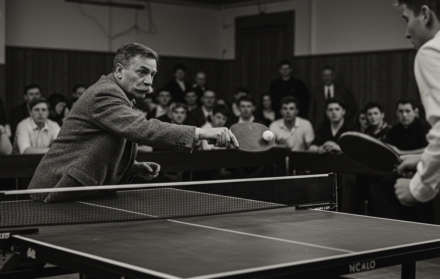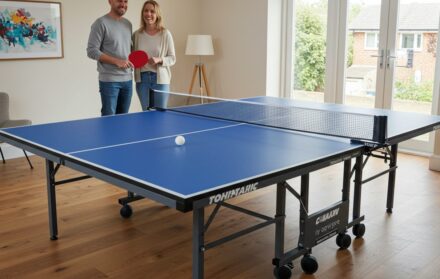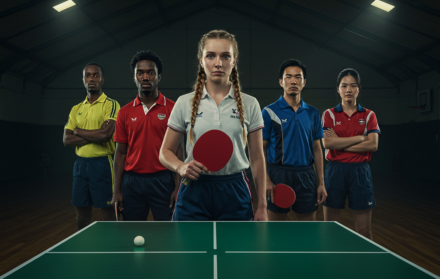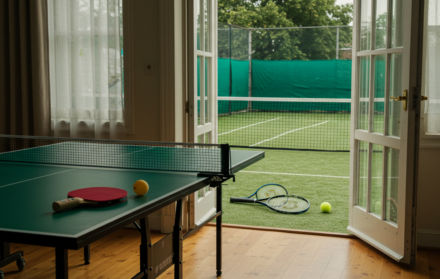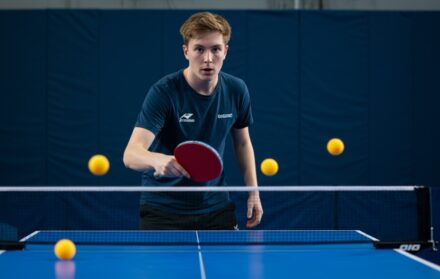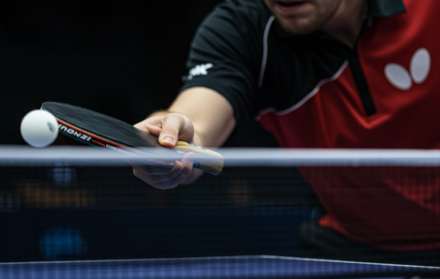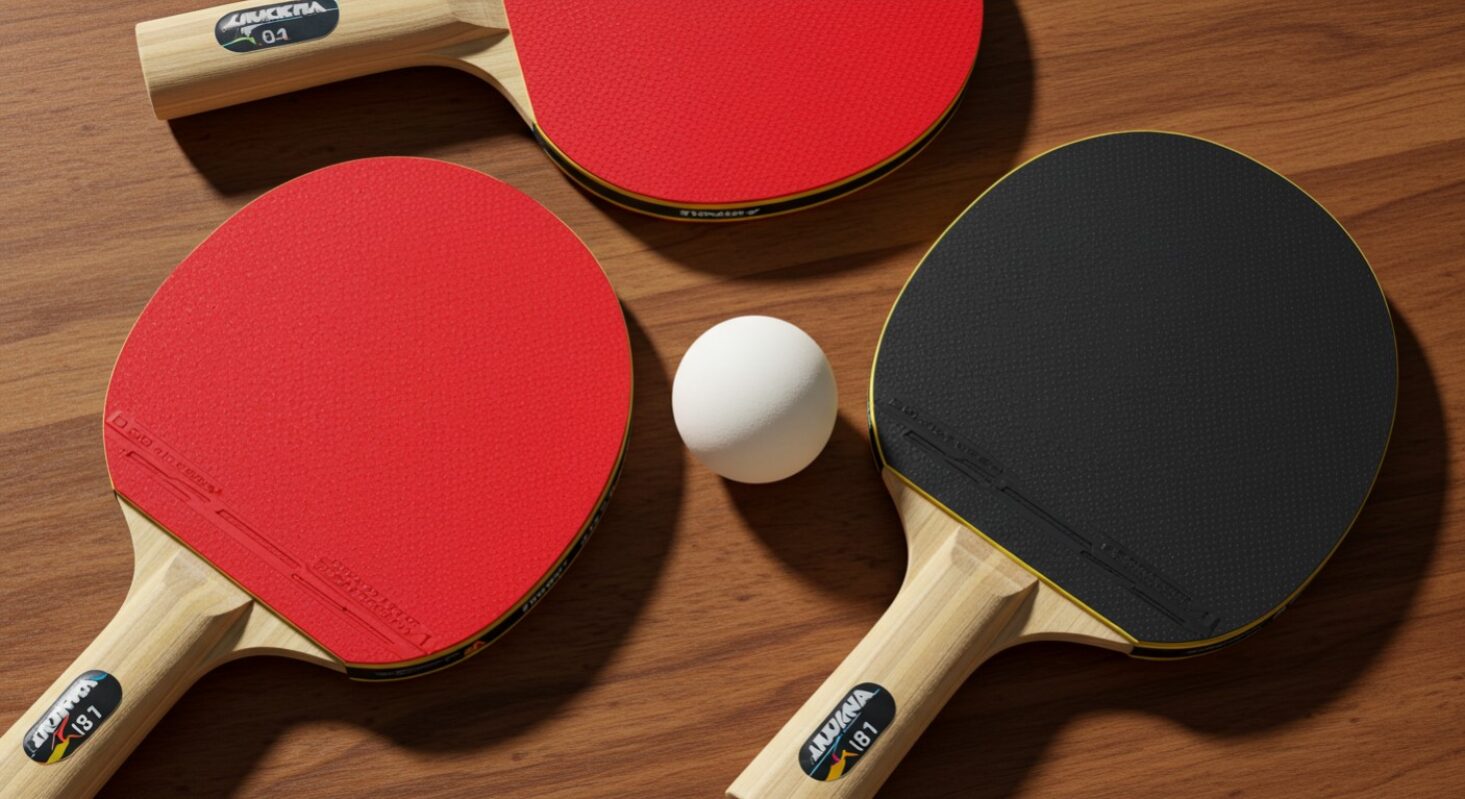
How Do You Choose the Right Table Tennis Paddle?
In table tennis, the paddle is more than just a piece of equipment. It is an extension of the player’s arm, shaping how they strike the ball, generate spin, and control rallies. The right paddle can enhance strengths, cover weaknesses, and make the difference between a shaky beginner and a confident competitor.
Choosing the right table tennis paddle is not as simple as picking the most expensive one or following a friend’s recommendation. Every player has unique needs depending on their grip style, skill level, and tactical preferences. A defensive player will prioritise control and stability, while an attacking player will look for speed and spin.
This article explores the key factors that go into choosing the right paddle, from understanding its parts to testing models in practice. By the end, you will know how to find a paddle that complements your game and supports your growth as a player.
Understanding the Parts of a Paddle
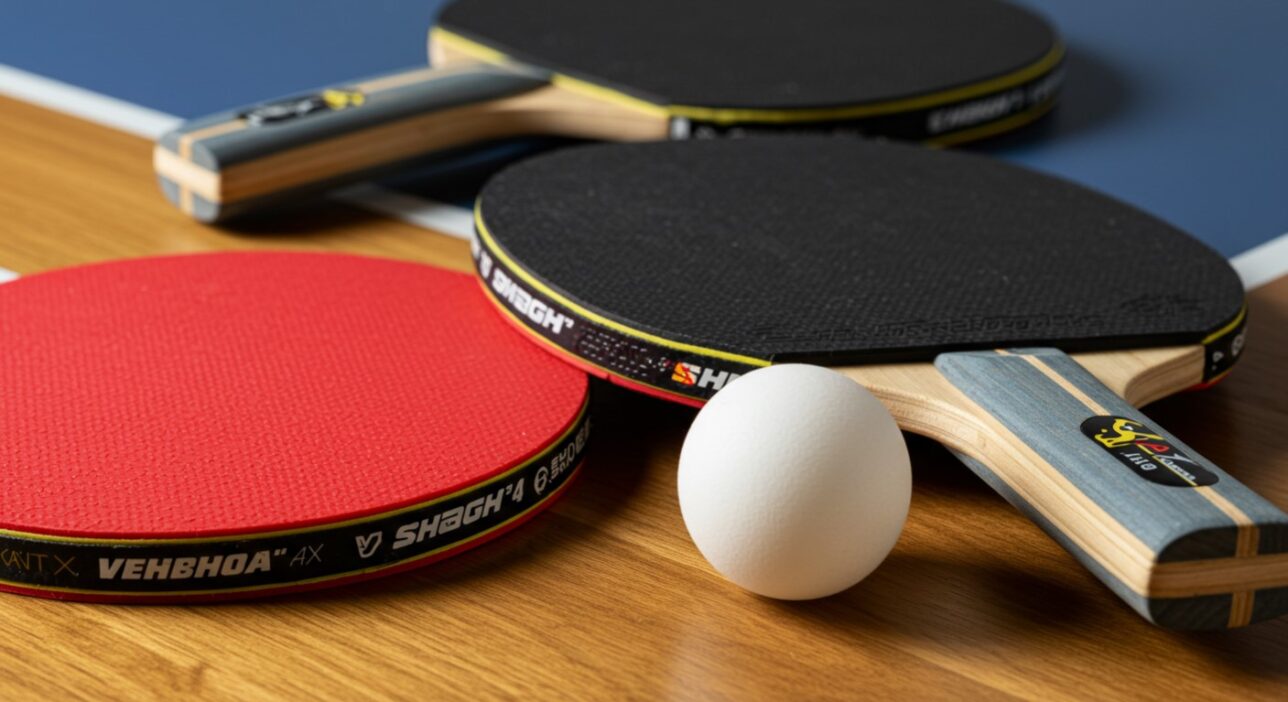
A table tennis paddle, also called a ping pong bat, is made up of several components that all influence performance. Understanding each part is essential before you can choose the right one for your playing style.
Handle
The handle is where you grip the paddle, and its shape affects comfort and control. There are two major grip styles: shakehand and penhold. The shakehand grip resembles a handshake and is the most common among players worldwide. Paddles designed for this grip typically have a flared, straight, or anatomical handle. Penhold grips are more popular in parts of Asia, and their handles are shorter to allow fingers to wrap around the blade face.
Blade
The blade is the wooden body of the paddle. Most blades are made from multiple thin layers, called plies, glued together. The number and type of plies determine the blade’s flexibility and speed. Fewer plies (such as five) provide more control and softer feel, while more plies (such as seven) add rigidity and power. Some advanced blades also include carbon or composite materials for extra speed and consistency.
Rubber
The rubber covers the blade’s surface and has the most direct influence on spin and ball control. There are two primary types: pips-in (inverted) and pips-out. Pips-in rubbers have the pimples facing inward, creating a smooth outer surface ideal for generating spin. Pips-out rubbers, where the pimples face outward, reduce spin and are often used for faster, more disruptive play.
Sponge Thickness
Between the blade and the rubber lies the sponge, which adds cushioning and bounce. Thicker sponges (2.0 mm or more) increase speed and spin but reduce control. Thinner sponges (1.0–1.5 mm) provide better control, making them suitable for beginners or defensive players. Medium sponges offer a balance between the two.
Together, these elements determine how a paddle feels and performs. Choosing the right combination depends on your grip, playing style, and goals.
Factors to Consider When Choosing a Paddle
When you choose the right table tennis paddle, several factors should guide your decision. These considerations go beyond simple brand names or prices and instead focus on how the paddle complements your game.
Playing Style
Your style of play is perhaps the most important factor. If you are an attacking player, you need a paddle that emphasises speed and spin, with a stiffer blade and thicker sponge. If you are a defensive player, you will want more control, a softer blade, and thinner sponge for consistency and accuracy. All-round players can opt for balanced paddles that offer versatility.
Balance of Spin, Speed, and Control
Every paddle can be evaluated on these three qualities. Increasing one usually reduces another. For example, a paddle designed for maximum spin and speed may sacrifice control. Beginners should aim for balance, while advanced players can prioritise according to their strengths.
Grip Comfort
No matter how advanced a paddle may be, it is useless if the handle feels uncomfortable. Make sure the shape and size suit your grip style. Testing different handle shapes is critical before committing to a paddle.
Level of Competition
Your choice also depends on whether you play casually, at club level, or in competitive tournaments. Casual players may prefer affordable pre-made paddles, while competitive players benefit from customising their paddle to maximise performance.
By weighing these factors, you can narrow your options and choose a paddle that matches your style and ambitions.
Choosing a Paddle Based on Skill Level
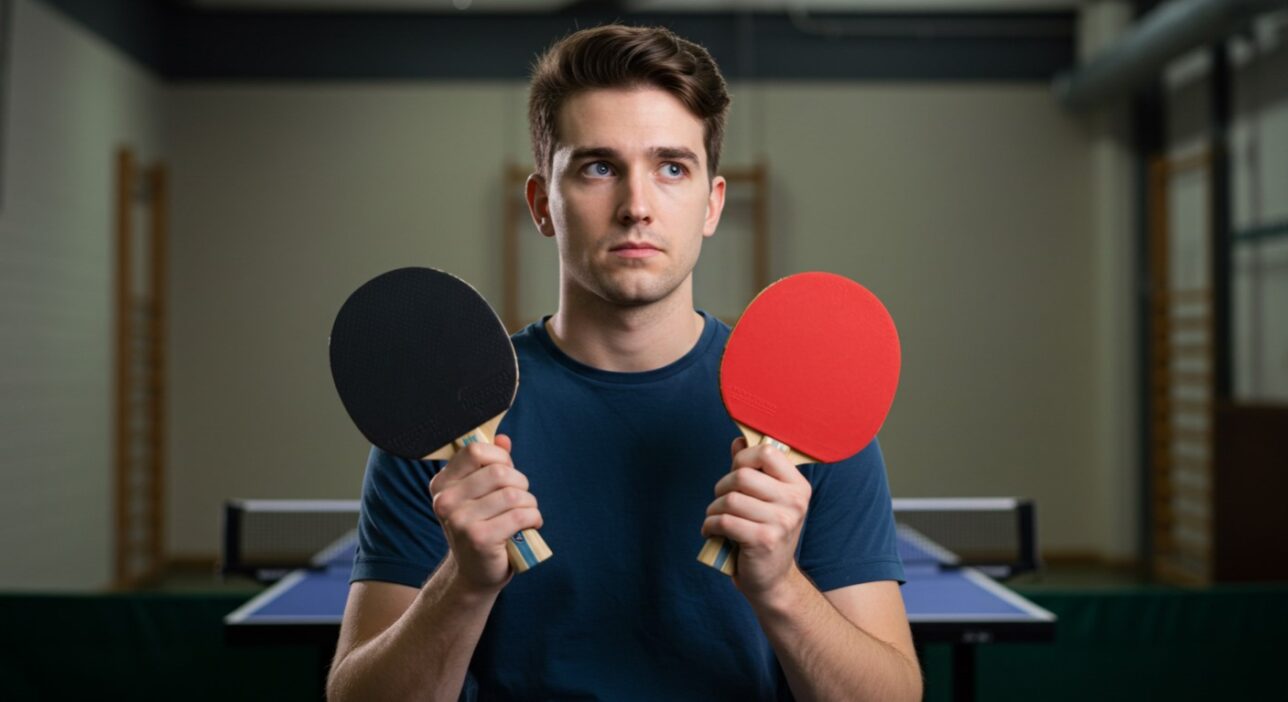
Skill level plays a central role in determining what paddle you should use. A paddle that is ideal for an experienced player may hinder a beginner.
Beginners
For those just starting, the focus should be on control. A beginner table tennis paddle with thinner sponge and all-round rubbers provides the stability needed to develop technique. Overly fast paddles can prevent proper learning and lead to frustration.
Intermediate Players
At this stage, players begin experimenting with different styles. An intermediate player may want to try thicker sponges for added spin or stiffer blades for more speed. The goal is to strike a balance between control and the ability to explore attacking or defensive strategies.
Advanced Players
Advanced players often build custom paddles by selecting their preferred blade and rubbers separately. They fine-tune every aspect, from sponge thickness to blade composition, to maximise performance in line with their unique style. For these players, precision and customisation are more important than simplicity.
Progression is natural in table tennis. As your skills evolve, so should your equipment. The right paddle at each stage can accelerate improvement.
Pre-Made vs Customised Paddles
When shopping for paddles, you will encounter two main categories: pre-made and customised.
Pre-made paddles come ready to use with blade, sponge, and rubber already assembled. These are excellent for beginners and casual players because they are affordable and require no additional knowledge. They offer reliable performance without the complexity of selecting components.
Customised paddles involve purchasing the blade and rubbers separately, then assembling them (often with the help of a coach or specialist store). This approach is popular among advanced players because it allows them to tailor every aspect of their equipment. They can choose a blade for speed, pair it with a rubber for spin, and adjust sponge thickness for the perfect feel.
Cost is another factor. Pre-made paddles are cheaper, while customised paddles can be significantly more expensive. Availability also varies, as customised options are usually purchased through specialist outlets.
Your choice depends on your commitment to the sport. For serious players, customised paddles are worth the investment. For those who play occasionally, pre-made models are more practical.
Popular Paddle Types and Recommendations
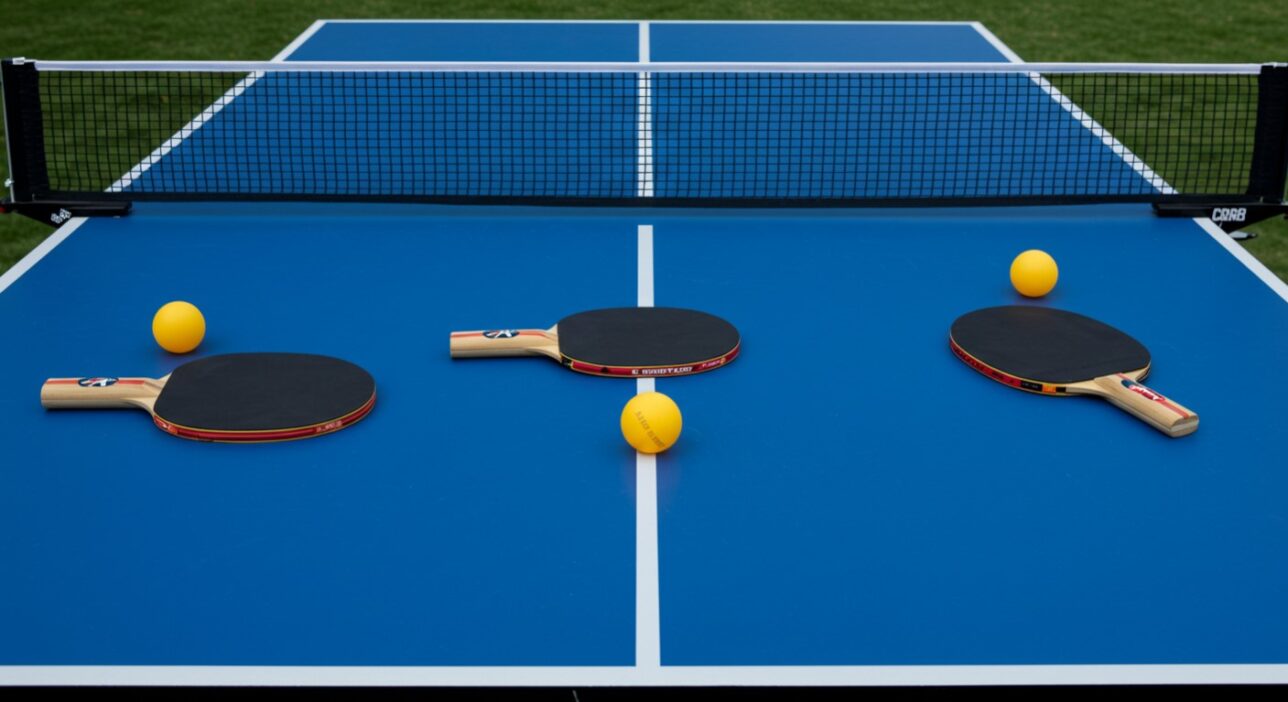
Different paddles cater to different styles. Knowing the types can help you choose the right table tennis paddle more effectively.
Control-Oriented Paddles
These are designed with softer blades, thinner sponges, and balanced rubbers. They are ideal for beginners or defensive players who rely on consistency. A good control paddle allows longer rallies and minimises errors.
Spin-Focused Paddles
Spin-oriented paddles use pips-in rubbers with grippy surfaces and medium-to-thick sponge. They allow players to generate heavy topspin or sidespin, making serves and rallies more dangerous. These paddles suit intermediate and advanced players who rely on variation to outmanoeuvre opponents.
Speed and Power Paddles
Built with stiffer blades, carbon layers, and thick sponge, speed paddles deliver explosive shots. They suit attacking players who dominate rallies with fast drives and smashes. While powerful, they require refined technique to maintain accuracy.
Reputable Brands and Models
Several brands consistently produce high-quality paddles and equipment. Butterfly, Stiga, Donic, Yasaka, and Joola are among the most respected. Models like Butterfly Timo Boll ALC (custom), Stiga Pro Carbon (pre-made), and Yasaka Mark V rubbers are widely recommended depending on budget and level.
The best table tennis paddle is the one that matches your style, not necessarily the most expensive or popular option.
How to Test and Compare Paddles
The best way to choose the right paddle is by testing. Reading specifications can help, but nothing replaces the feel of actually playing.
Trying Different Handles
Handle comfort is personal. Some players prefer flared handles for a secure grip, while others like straight handles for easier transitions. Penhold players must test shorter handles to see what feels natural.
Experimenting with Rubbers
Testing different rubbers helps you understand how spin and speed vary. Pips-in rubbers provide grip for heavy topspin, while pips-out create disruptive effects. Sponge thickness also plays a role, and practising with different combinations is valuable.
Focusing on Feel and Feedback
Every paddle produces a unique sensation on impact. Some feel crisp and fast, others soft and controlled. Practise serves, loops, and blocks with different paddles to see how they respond. The right choice will feel like an extension of your hand.
Testing paddles under game-like conditions ensures that you select equipment suited to real play, not just practice swings.
Care and Maintenance Tips
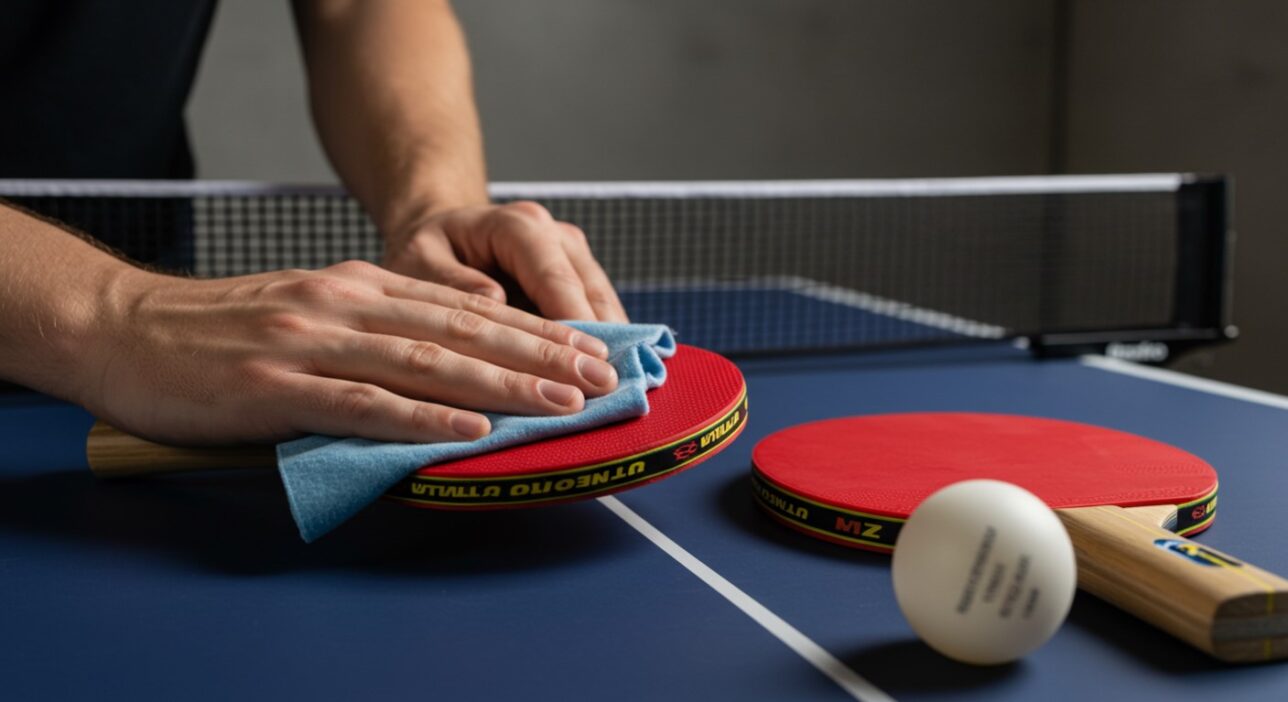
Once you have chosen the right paddle, maintaining it properly will extend its lifespan and performance.
-
Clean the rubbers regularly with a damp sponge or specialised cleaner to preserve grip and spin.
-
Store the paddle in a protective case to shield it from dust, moisture, and accidental damage.
-
Replace the rubber when it loses grip, typically every few months for frequent players. If the blade is damaged or warped, consider replacing the entire paddle.
Simple care ensures your investment performs well for longer and keeps you competitive.
Common Mistakes to Avoid When Choosing a Paddle
Many players make avoidable errors when selecting their paddle. Here are some pitfalls to steer clear of:
-
Choosing paddles based only on price or brand reputation.
-
Starting with advanced paddles that prioritise speed, which can hinder skill development.
-
Ignoring handle comfort and grip style, which leads to awkward play and reduced confidence.
Avoiding these mistakes helps ensure that your paddle enhances rather than limits your game.
Conclusion: How to Choose the Right Table Tennis Paddle

The process of choosing the right table tennis paddle involves understanding its parts, matching it to your playing style, and considering your skill level. Beginners should prioritise control and balance, while advanced players can customise for spin, speed, and precision. Testing different options, caring for your paddle, and avoiding common mistakes will help you find the ideal fit.
Above all, remember that the best paddle is not a fixed choice. As your skills evolve, so too will your equipment needs. By choosing wisely at each stage, you will give yourself the tools to grow, compete, and enjoy the game to its fullest.
